Inhabited since the 2nd century A.D., Quirigua had become during the reign of Cauac Sky (723–84) the capital of an autonomous and prosperous state. The ruins of Quirigua contain some outstanding 8th-century monuments and an impressive series of carved stelae and sculpted calendars that constitute an essential source for the study of Mayan civilization.
The Archaeological Park and Ruins of Quirigua is located in the Department of Izabal in Guatemala. The inscribed property is comprised of 34 hectares of land dedicated exclusively to the conservation of the ancient architecture and the seventeen monuments that were carved between 426 AD and 810 AD and make up this great city.
Quirigua is one of the major testimonies to the Mayan civilization. For reasons which are not clear, it then entered a period of decline. It is known that, at the time of the arrival of the European conquerors, the control of the jade route had been taken over by Nito, a city closer to the Caribbean coast. Although Quirigua has retained ruins and vestiges of dwellings ranging between AD 200 and AD 900, most of the monuments that ensure Quirigua its world-wide reknown date from the 8th century, the period during which the city was entirely remodelled in accordance with its function as royal residence and administrative centre.
At the core of Quiriqua is the Great Plaza, the largest known public space in the entire Maya area. The monumental complexes which are set out around the Great Plaza, the Ceremonial Plaza and the Plaza of the Temple are remarkable for the complexity of their structure - a highly elaborate system of pyramids, terraces, and staircases which results in a complete remodelling of the natural relief and which creates a singular dimension as at Copan.
The artful production of monolithic stone monuments, carved in sandstone without the use of metal tools, is outstanding. The monuments, called stelae, contain hieroglyphic texts describing significant calendar dates, celestial events such as eclipses, passages of Maya mythology and political events, as well as important social and historic events to the development of the city. Not only does this text give a better understanding of the rise and fall of Quirigua, but also describes the span of time between 426 AD to 810 AD making it possible to reconstruct parts of Mayan history. During its brief time of erecting stelae, Quirigua was one of only two cities to regularly erect monuments marking the end of five-year periods.
That was actually first time to meet ancient Maya civilization during our trip. Really no a massive (like will be next ones), but somehow very special
Enjoy the visuals!

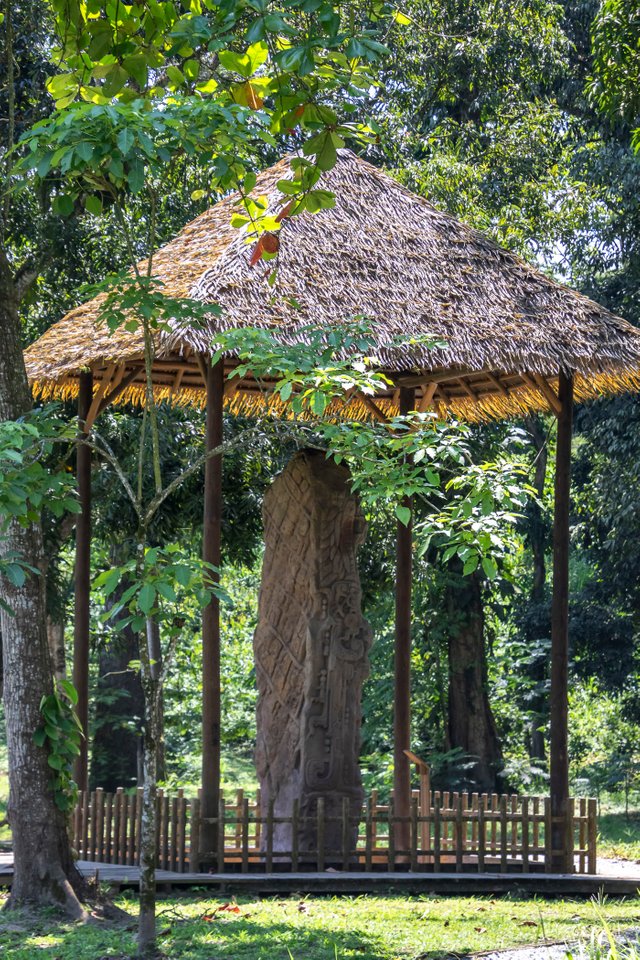
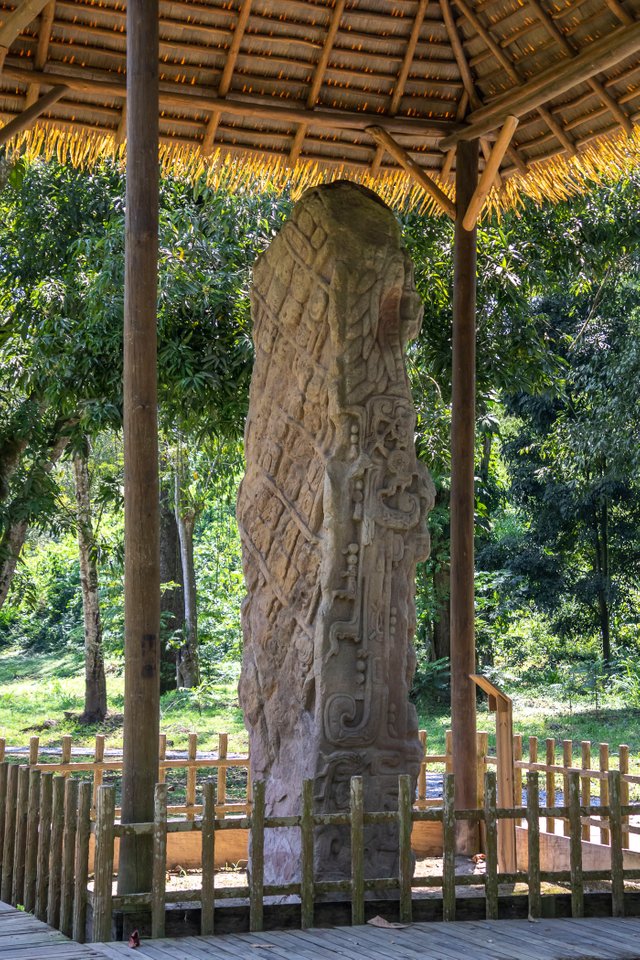
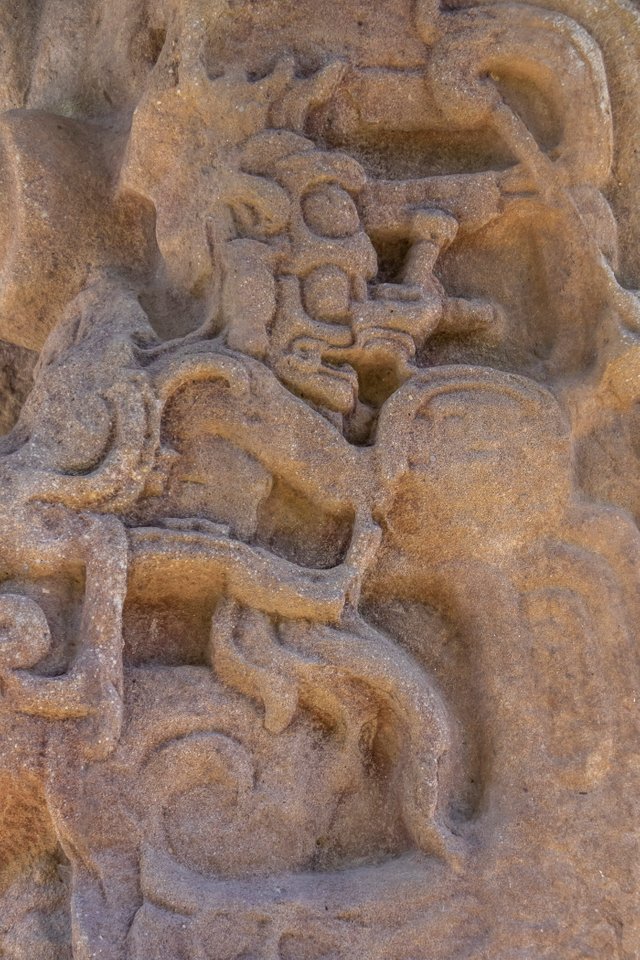
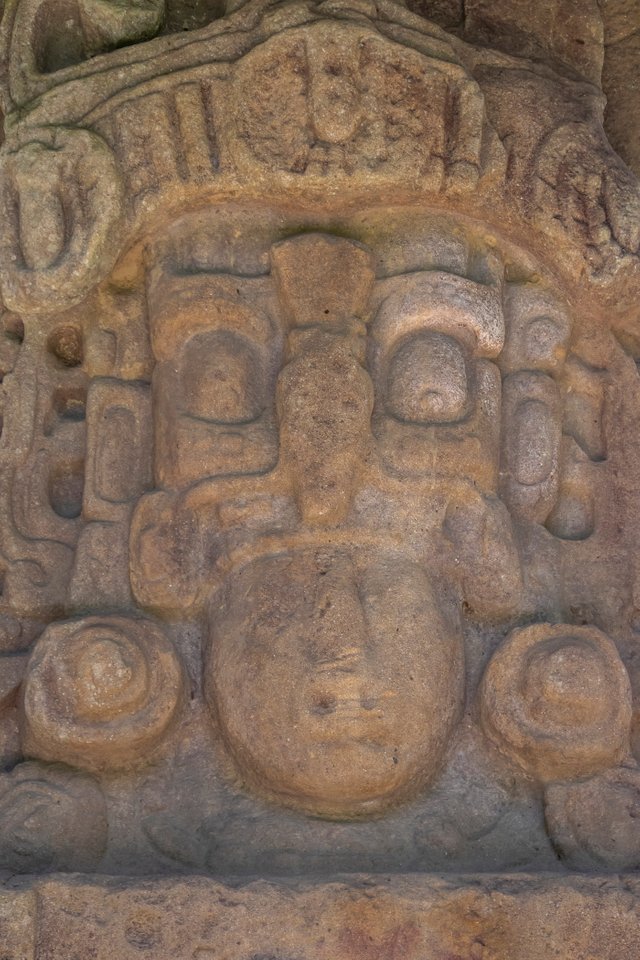
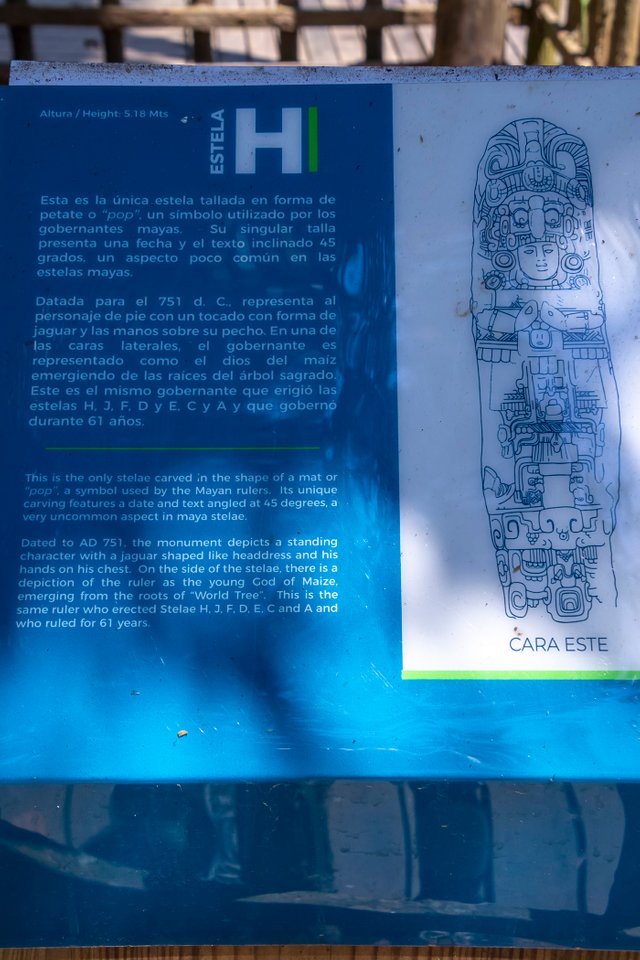

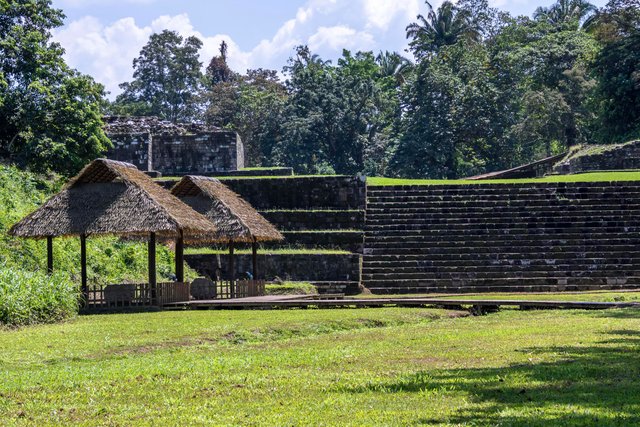
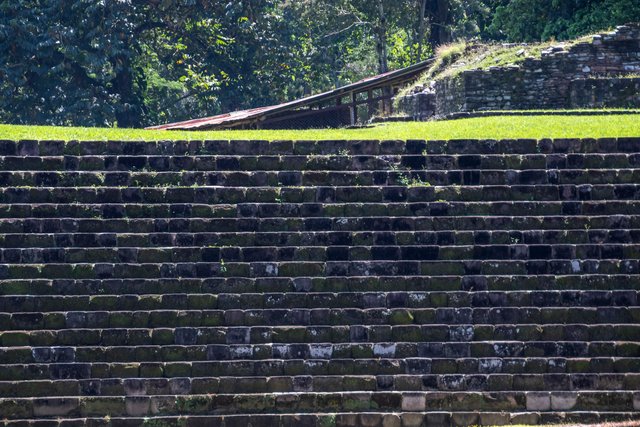
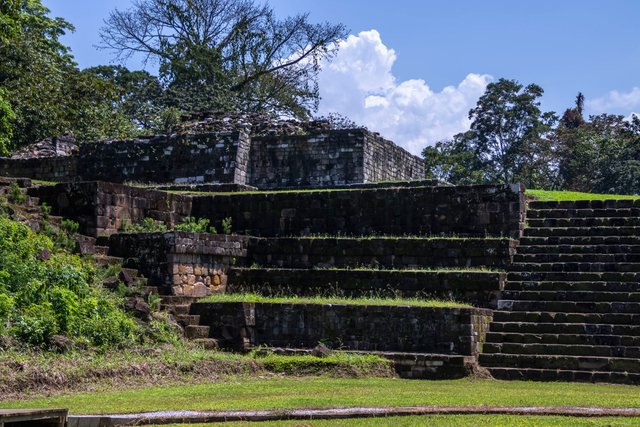
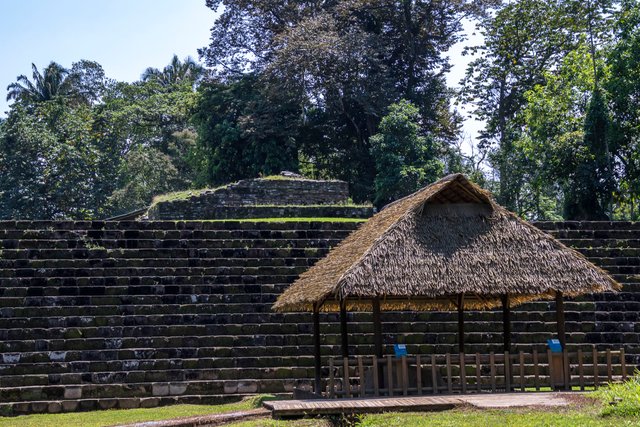
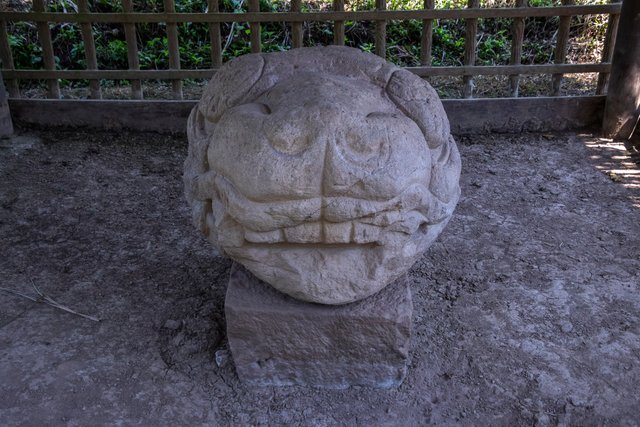
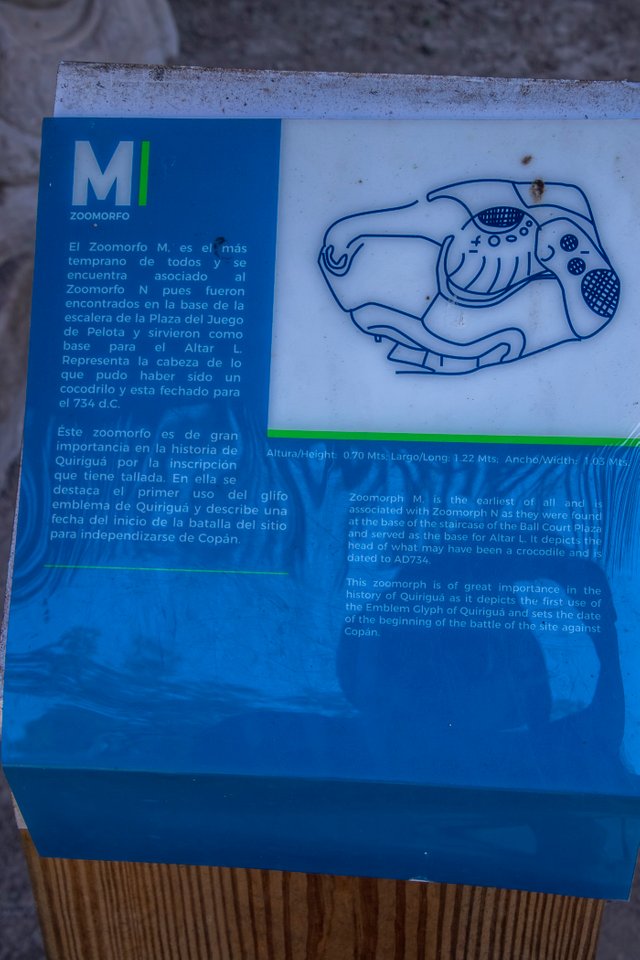
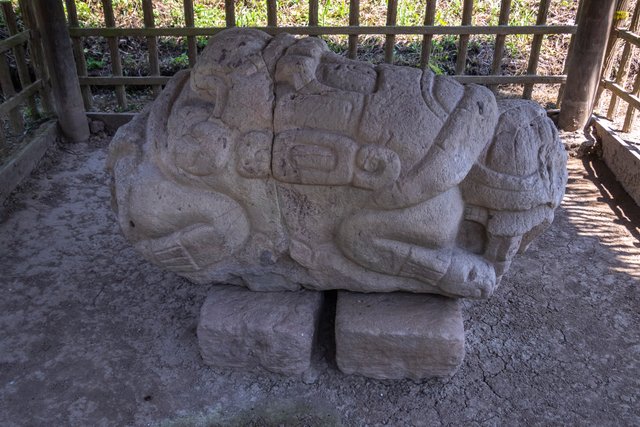
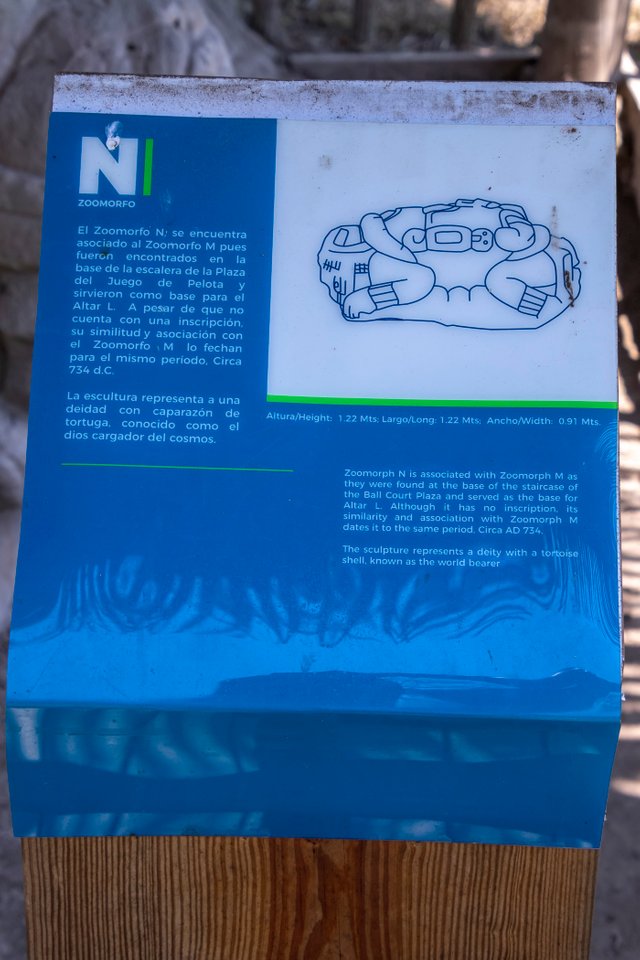

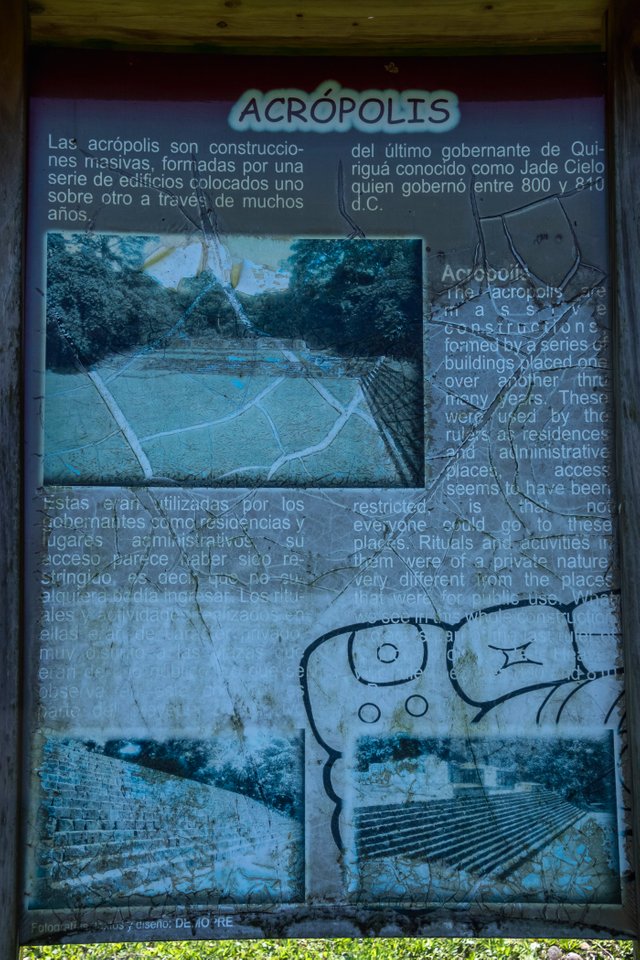
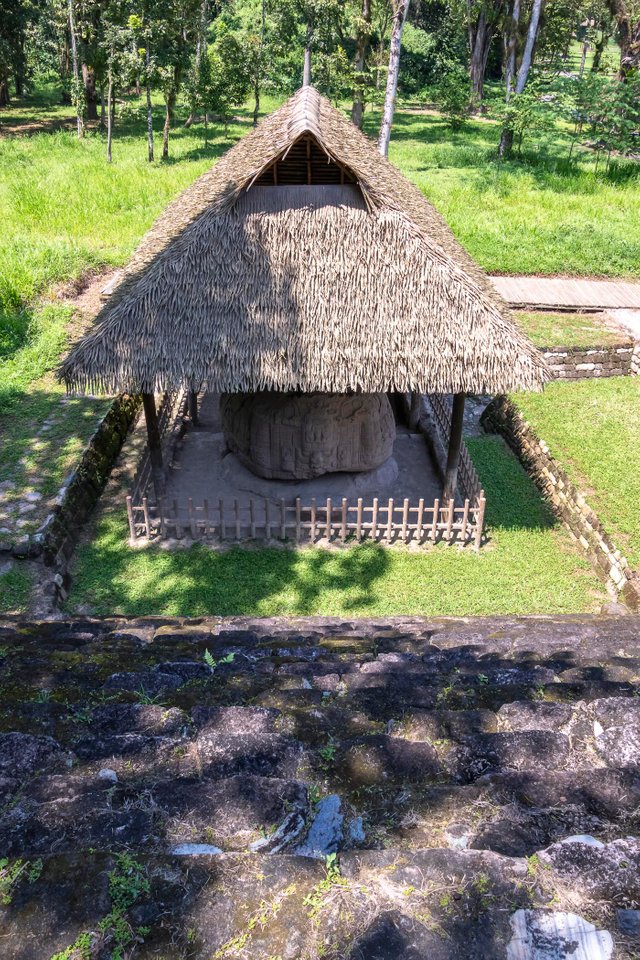
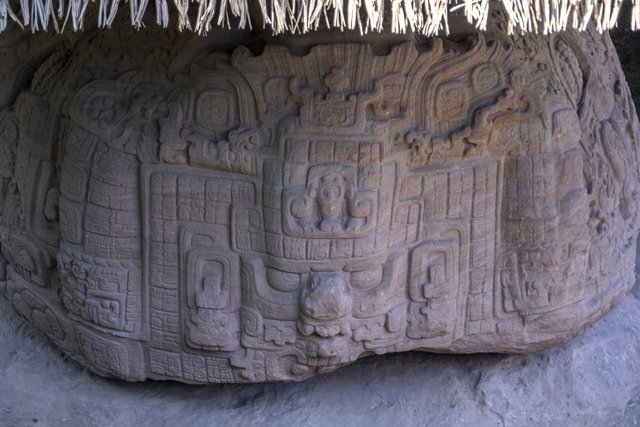
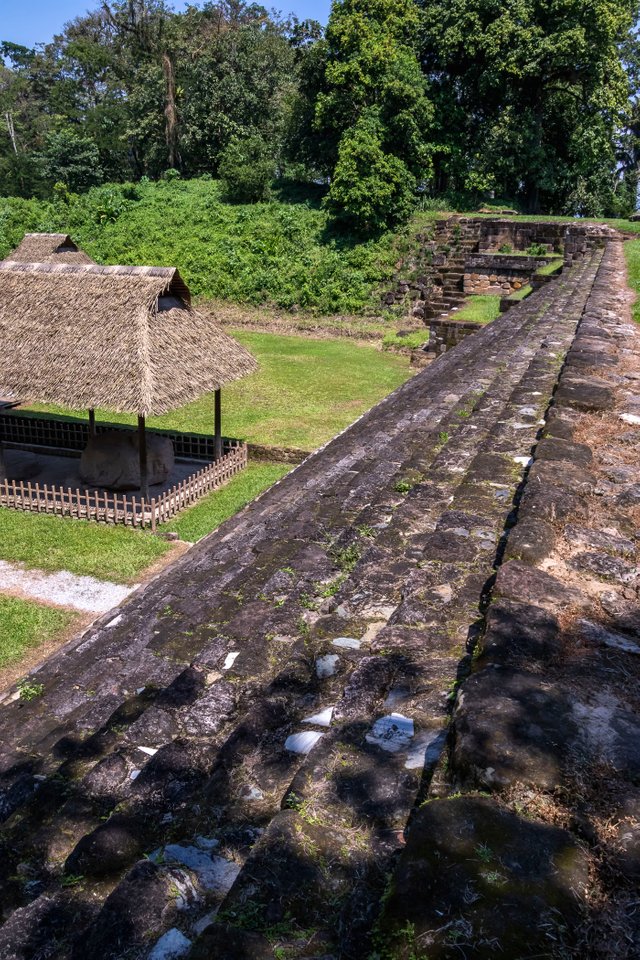
| Category | Travel/Cityscape |
| Camera | Canon 7DM2 / Tamron 18-400mm / Natural light |

You can buy my works in hi-resolution digital format
LINKTREE

wow
Downvoting a post can decrease pending rewards and make it less visible. Common reasons:
Submit
That look amazing
Downvoting a post can decrease pending rewards and make it less visible. Common reasons:
Submit